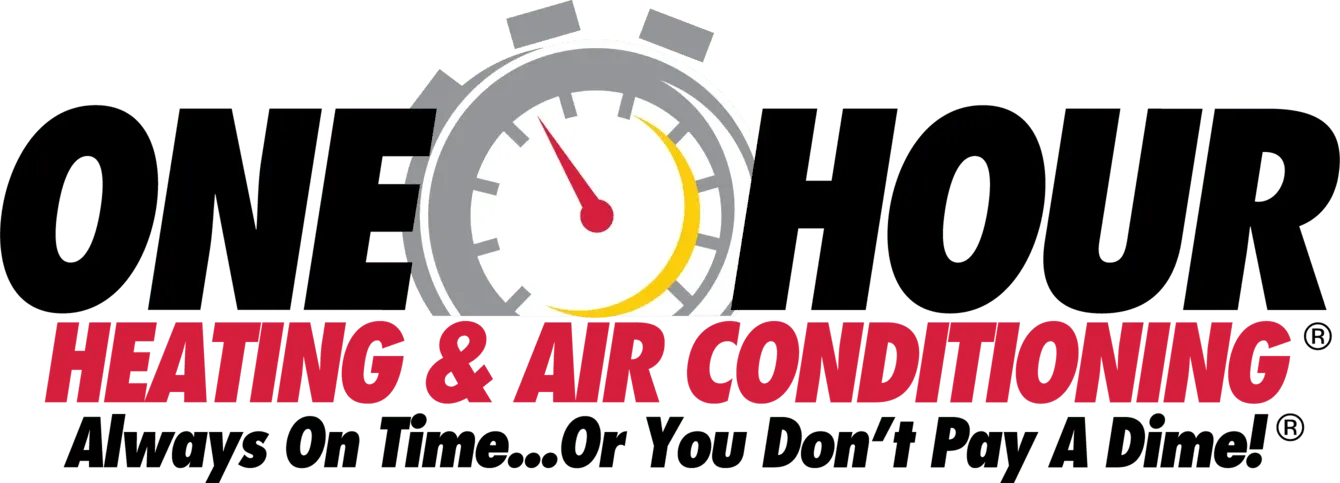How Insulation Helps Your HVAC System Work Efficiently
If your HVAC system runs constantly but your home still doesn’t feel comfortable, the problem might not be your equipment. There may be concerns with the insulation in your home. Many homes leak hot or cold air without anyone noticing until energy bills increase. At One Hour Heating & Air Conditioning® in Beachwood, NJ, we help homeowners understand how insulation can impact comfort and system performance.
Why HVAC Systems Rely on Proper Insulation
Your heating and cooling system works to keep your home at a set temperature, but without enough insulation, the air doesn’t stay put. Heated air escapes during winter, and cool air slips away in the summer. This results in your HVAC system running longer than it should. Insulation plugs gaps and holes. When it's thick enough and properly installed, insulation keeps the air in and the weather out. This makes it easier for your system to do its job. You get steadier temperatures without constant cycling or short bursts that leave the room feeling inconsistent. This isn’t just about comfort. When your system works harder than it needs to, it wears down faster. Motors strain. Coils heat up. Repairs show up sooner than they should. Insulation reduces that pressure and stretches the life of your equipment.
How Attic Insulation Affects Cooling and Heating
The attic plays a bigger role in your home’s comfort than most people think. In the summer, it can trap heat. If your attic isn’t insulated well, that heat spreads down through the ceiling. Your AC then must work to pull the temperature back down. You might not notice it at first, but if your upstairs rooms always feel warmer or your AC runs for long periods of time, this is a sign your attic needs an evaluation for more insulation. In winter, warm air rises from your living space into the attic. Without insulation to stop this process, heat escapes through the roof. Meanwhile, your furnace keeps running to maintain your interior temperature. You’re paying to heat a space you don’t even use. Upgrading attic insulation helps cap that loss and makes it easier to stay comfortable without constantly adjusting the thermostat. Insulation types vary. Some homes have fiberglass batting, while others use blown-in or spray foam. Each type has its pros and cons, but coverage matters most. Gaps, compression, or old, flattened insulation won’t hold heat or block it properly.
How Poor Insulation Affects System Lifespan
When your HVAC system runs longer than it should, it doesn’t just waste energy. It also wears down faster. Without enough insulation holding the temperature steady inside your home, your furnace or air conditioner must cycle more. That constant on-and-off motion strains the blower motor, wears out belts, and heats up components that should be cooling down between cycles. You might not see immediate signs of damage, but the parts inside your system feel the pressure. Compressors can burn out. Coils can freeze. Bearings can fail earlier than expected. What should have been a quiet, steady cycle turns into an overworked routine that takes years off the unit’s life.
Wall Insulation and the Battle Against Drafts
When you sit near a wall and feel a chill even though the heat’s on, there’s a good chance insulation isn’t sufficient in that area of your home. Exterior walls need insulation to block temperature swings. Without it, outside air seeps in and throws off the balance your HVAC system works hard to keep. Older homes built before certain standards may have little to no insulation. In some cases, the insulation settled or shifted, leaving gaps behind. That’s why two rooms in the same house might feel completely different. One stays cozy, while the other feels like you left a window cracked open. Upgrading wall insulation helps seal those weak spots. The air inside your home stays where it belongs. Your HVAC system run smoother because it doesn’t have to fight invisible outdoor air creeping through the structure.
Why Duct Insulation Matters Too
Your ducts carry heated or cooled air to different parts of your home. If those ducts pass through an attic, crawlspace, or garage, they need insulation around them. Otherwise, the air loses temperature before it ever hits your vents. You end up paying for warm or cool air that never makes it to the room. Uninsulated ducts can also pick up moisture or draw in air from their surroundings. This affects airflow, energy use, and even indoor air quality. You might find yourself turning the thermostat higher or lower to make up for what’s being lost in transit. Sealing and insulating ductwork keeps temperatures steady from the furnace or AC all the way to the vent. It also helps balance airflow, so every room gets its share. If some vents feel weak or blow air that’s not the right temperature, poorly insulated ducts could be part of the reason.
Insulation Around Windows and Doors Matters
Even if your walls and attic are properly insulated, gaps around windows and doors can cause problems. Air slips through small cracks around the frames. When that happens, your HVAC system must keep running just to maintain the temperature near those spots. You might not notice it during mild weather, but when outdoor temperatures are extreme, these leaks make a big impact. Sometimes the problem isn’t just drafts. Sunlight pouring through windows can heat up a room fast if the insulation is poor or the windows are older. In winter, cold glass radiates inward and makes it harder to stay warm. Adding weather stripping, sealing cracks, or upgrading window insulation films can help stabilize the temperature in rooms where temperature swings occur most frequently.
How to Know If Your Home Has Enough Insulation
Most people don’t think about insulation unless something feels uncomfortable in their residence. There are a few signs that suggest it’s worth having your insulation inspected. If you notice large temperature swings between rooms, frequent cycling, or rising utility bills without new usage habits, insulation might be the missing piece. A home energy audit or thermal scan can show where heat is escaping. These tests highlight cold spots in winter and warm spots in summer. You’ll see exactly where the insulation falls short and where air leaks are causing problems. Some fixes are simple. Others might require removing old materials and starting fresh. Investing in better insulation isn’t just about saving money on your bills. It’s about making your home more consistent and less reactive to the weather outside. When your HVAC system doesn’t have to fight to keep up, everything runs more efficiently and lasts longer.
Ready to Lighten the Load on Your HVAC?
Your HVAC system does a lot of heavy lifting, but it shouldn’t have to work alone. Insulation supports it by keeping conditioned air where it belongs. A tighter thermal barrier means more stable comfort and lower bills. We also offer duct sealing, air quality assessments, and seasonal HVAC maintenance to support insulation upgrades, helping your system run more efficiently throughout every season. If you’re ready to take pressure off your system, schedule an insulation check with One Hour Heating & Air Conditioning® in Beachwood.















